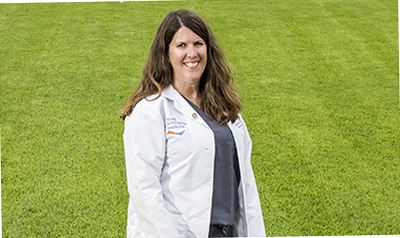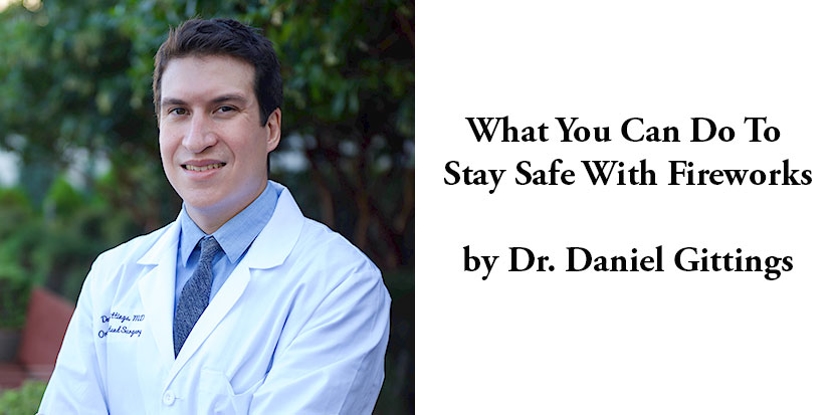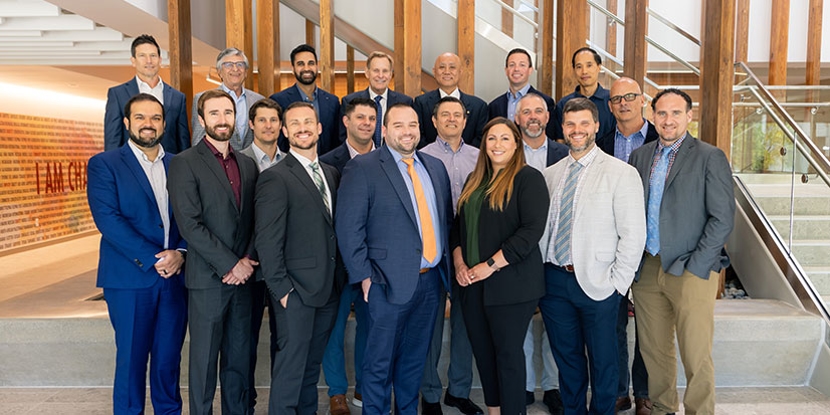Fall Is A Good Time to Assess 'Fall' Prevention
- Category: Orthopedic Health
- Posted On:
- Written By: Jennifer Brandon, PT

The beginning of the Fall season is a great time for mature adults to think about their risk of “falls,” say experts. Why? Every year, one in three people ages 65 years and older has a fall, according to the Centers for Disease Control and Prevention (CDC). More importantly, falls are the leading cause of death from injury among people age 65 and older.
The risk of falls increases with age and can lead to serious injury, including hip fractures and head injuries, as well as hospitalization, loss of independence and even death. Fortunately, there are ways to limit the risk of a fall for yourself and a loved one.
“Falls are a very serious issue for people as they age,” said Jennifer Brandon, DPT, MPT, manager of rehabilitation services and certified geriatric clinical specialist at Hoag Orthopedic Institute in Irvine, which provides instruction in fall prevention for its patients. “Chances are you know someone in your own family who has been impacted. Falls are unpredictable. The trigger can be anything from an adverse drug interaction to a loose rug or small pet. The consequences can be interrupting or even life-ending.”
Falling does not have to be an inevitable result of aging. There are a number of ways to protect yourself or a loved one, according to the experts, including the CDC and The National Council on Aging. Brandon offers some tips to help reduce your risk of falls:
- Exercise regularly. Physical activity increases balance, strength and flexibility and could greatly reduce your risk of falling.
- Schedule an appointment with a primary care physician (PCP) for a medication review. Older people tend to take more medications than younger people. This increases their risk of adverse drug interactions, including side effects like dizziness and drowsiness that can lead to falls. Your doctor can help by reviewing medications for possible interactions, including over-the-counter medicines.
- Have a vision checkup. Vision problems, including issues such as poor depth perception, can lead to falls. Those with glasses should wear them at all times, especially when getting up during the night.
- Remove obstacles from around the home. Data compiled by the National Health Interview Surveys indicate that 50 percent of all injuries among older people occurred inside the home. An additional 24 percent occurred outside, but near the house. Many of these falls can be prevented by eliminating hazards such as clutter, poor lighting, loose rugs, etc., and/or adding safety features, such as grab bars and railings.
- Wear low-heeled rubber-soled shoes. Slippers are slippery. Ditch them in favor of athletic shoes, which improve balance. According to research from the Institute for Aging Research, falls are much less likely to occur to those who wear athletic shoes compared to those who go barefooted or wear only socks or slippers.
- Use a cane, walker or other device if needed to prevent falls. Doctors can prescribe durable medical equipment for their patients in need.
“The good news is that there are many resources available to lessen an individual’s risk of falling,” said Brandon. “The key is education; learning about these things and implementing them to stop a fall before it happens. Additionally, seniors should be aware that a fall could be an indicator of an underlying medical condition that could warrant evaluation by a physician.”


